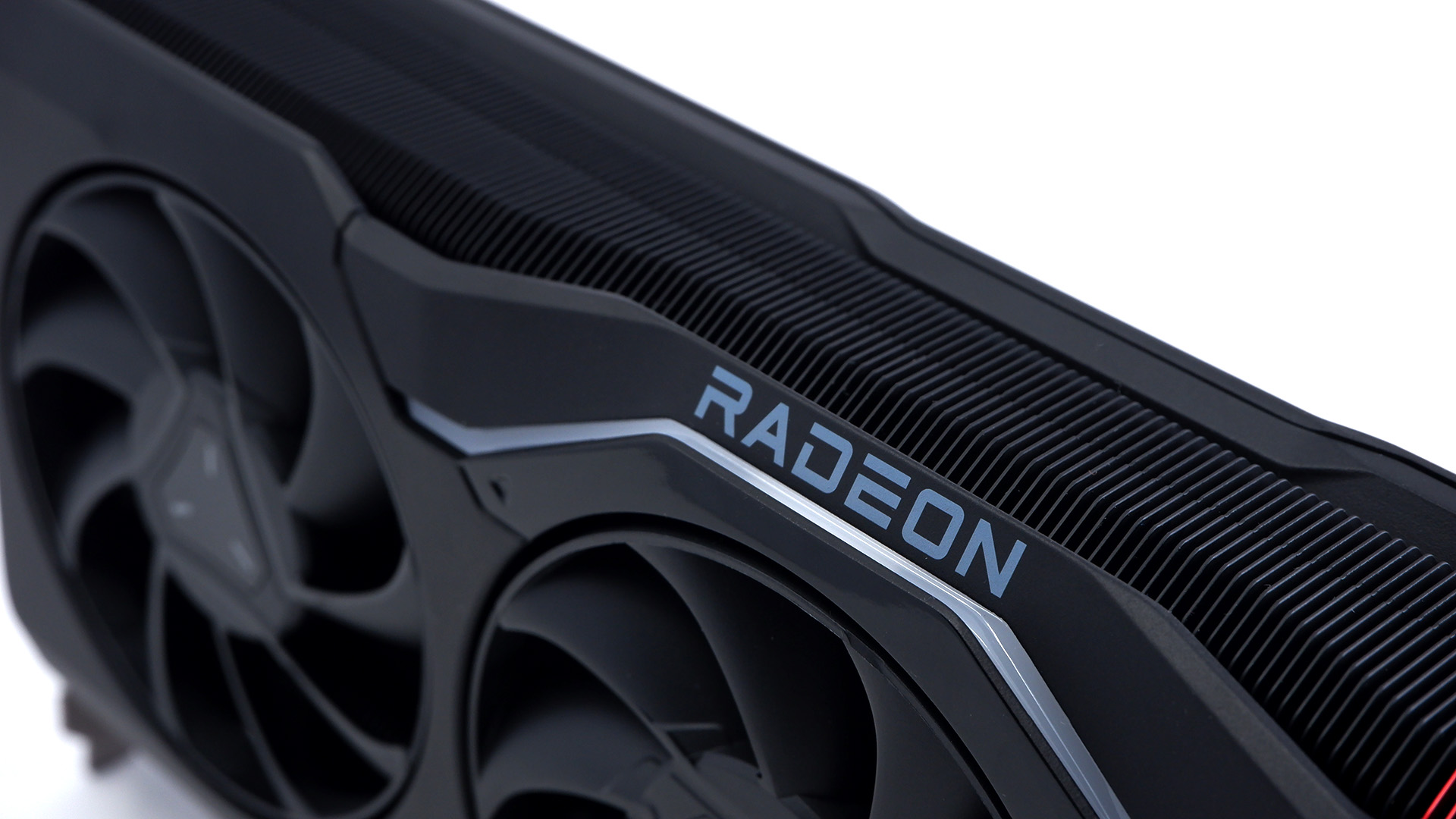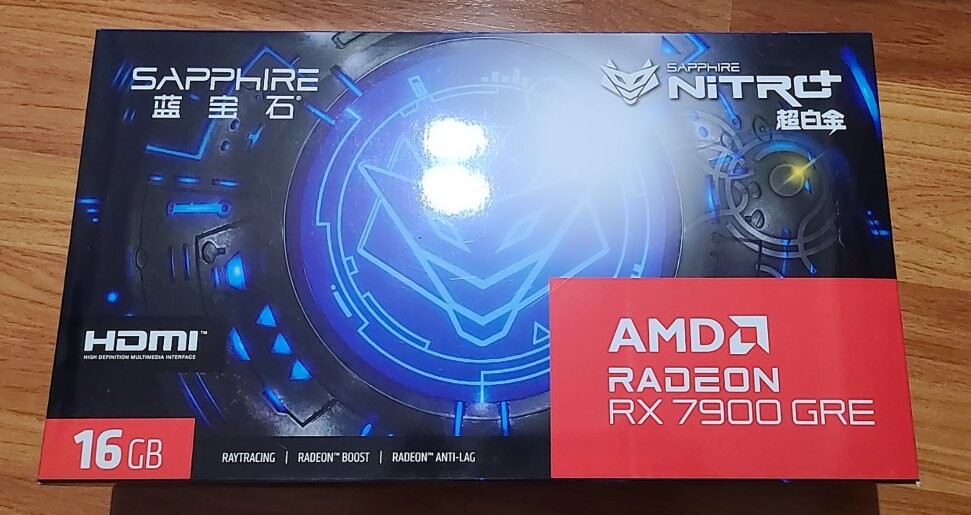AMD's RX 7900 GRE is coming to China, but what's under the hood?
The Golden Rabbit Edition is coming.

A couple days ago, news came through that AMD and its partners were preparing a limited edition graphics card for the Chinese market. The Radeon RX 7900 GRE (Golden Rabbit Edition) is a limited edition card released to celebrate the year of the rabbit. The RX 7900 GRE looks more than just an RX 7900 XT variant though. In fact it appears to be a new model, and an interesting one at that.
According to a picture of a Sapphire box, the card is confirmed to feature 16GB of GDDR6 memory and very likely a 256-bit bus. My first thought was that the GRE uses the flagship Navi 31 GPU. Effectively being a 5376 shader RX 7900 XT with two of its six memory controller dies disabled.
That would make sense given the RX 7900 XTX has all six MCDs enabled with 24GB of VRAM and a 384-bit bus, while the RX 7900 XT has one disabled, giving it 20GB or VRAM and a 320-bit bus.
However, an analysis by Videocardz using pictures sourced from I won't call it X Twitter user @wnxod indicates the RX 7900 GRE isn't using the Navi 31, but rather something different. This is due to the significantly different profile of the GPU package and component positioning at the rear of the card.
So what is it? Of course, I don't know but I sure do love to speculate!
The first candidate would be the long gestating Navi 32, but I can't imagine why AMD would label it as a 7900 series card, when it would make more sense to call it the RX 7800 or 7800 XT. Also the TDP at 300W is too high for what would be a third tier card.
Something in the 250W range would be easier to accept, along the lines of the RX 6800, but even at 250W the card would trail the power efficiency of Nvidia's RTX 4070 by a long way.
Keep up to date with the most important stories and the best deals, as picked by the PC Gamer team.


Best CPU for gaming: The top chips from Intel and AMD.
Best gaming motherboard: The right boards.
Best graphics card: Your perfect pixel-pusher awaits.
Best SSD for gaming: Get into the game ahead of the rest.
Videocardz goes on to speculate that the RX 7900 GRE's GPU is a repackaged Navi 31 with a smaller footprint and it may be a stopgap measure in place to fill the hole left by the absent Navi 32-based RX 7800.
That scenario opens up further lines of speculation as to why would AMD do that. If it is a stopgap measure, it would fit with the decision to sell the card in China only. It could be an effort to recoup some development cost, or allow it to release something merely different for the year of the rabbit. Perhaps it allows AIB makers to re-use RX 7900 GRE PCBs if and when Navi 32 is released.
But there's something else to ponder. Why wouldn't AMD just release a Navi 32-based card? Surely dropping a single small MCD isn't going to make a or break the bank when it comes to Navi 31 yields. Could this point towards poor performance of Navi 32?
It's a really interesting card, even if it is a topic for only the most tragic of us GPU enthusiasts. Whatever it is lurking under the hood of the RX 7900 GRE, we'll find out soon enough as the card in question is due to launch in China on July 28.

Chris' gaming experiences go back to the mid-nineties when he conned his parents into buying an 'educational PC' that was conveniently overpowered to play Doom and Tie Fighter. He developed a love of extreme overclocking that destroyed his savings despite the cheaper hardware on offer via his job at a PC store. To afford more LN2 he began moonlighting as a reviewer for VR-Zone before jumping the fence to work for MSI Australia. Since then, he's gone back to journalism, enthusiastically reviewing the latest and greatest components for PC & Tech Authority, PC Powerplay and currently Australian Personal Computer magazine and PC Gamer. Chris still puts far too many hours into Borderlands 3, always striving to become a more efficient killer.

